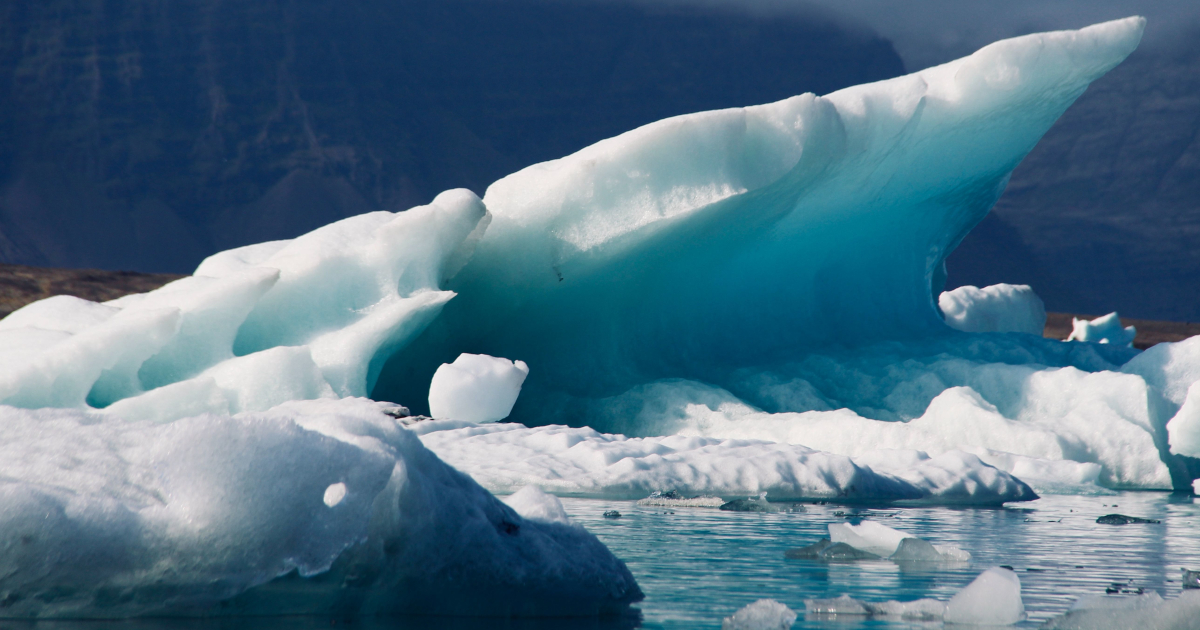Recent Research on the Measurement and Modeling of Sea Ice
A special issue of Journal of Marine Science and Engineering (ISSN 2077-1312). This special issue belongs to the section "Physical Oceanography".
Deadline for manuscript submissions: 10 September 2024 | Viewed by 2336

Special Issue Editors
Interests: wave modeling and measurement; rogue waves; wave-ice interaction; data assimilation; nearshore processes; sediment transport
Special Issues, Collections and Topics in MDPI journals
Interests: ice thickness; ice; arctic ocean meridional circulation; oceans and seas; north atlantic mesoscale eddy; drifter; mixed layer
Special Issue Information
Dear Colleagues,
Sea ice in the polar oceans plays a crucial role in the Earth's climate system, serving as both a barometer and amplifier of climate change. The ice acts as a reflective shield, reflecting a significant portion of incoming solar radiation back into space and helping to regulate the planet's temperature. The sea ice ecosystem is a unique and dynamic environment that supports a diverse array of organisms, serving as a habitat for species ranging from microscopic algae and bacteria to larger mammals like seals and polar bears. Additionally, sea ice plays a vital role in global ocean circulation patterns, influencing the exchange of heat, salt, and nutrients between the ocean and the atmosphere.
As global mean temperatures continue to rise, the consequent thinning and retreat of the polar ice cover is leading to significant environmental, ecological, and political consequences in polar regions and beyond. Interest is growing in the navigation and development of these regions, which are becoming increasingly crowded with both civilian and military vessels. It is therefore important to improve our understanding of the properties and behavior of sea ice and more effectively predict how it will evolve in the future.
Measurement and modeling of sea ice are crucial for determining and predicting its extent, thickness, and overall health. A wide range of different techniques are used to monitor and quantify sea ice conditions, including satellite observations, ice-penetrating radar and laser altimeters, field expeditions, and autonomous buoys. Continuous advancements in modeling techniques and increased availability of observational data are essential to enhancing our understanding of this critical component of the Earth's cryosphere and informing policy decisions related to climate change and polar environments.
For this Special Issue, we welcome contributions focusing on any aspects of the measurement or modeling of polar sea ice, including but not limited to physical properties, seasonal evolution patterns, present and future extent, the sea ice ecosystem, effects on the polar environment, its role in moderating global climate change, or air–ice–ocean-wave interactions.
Dr. Mark D. Orzech
Dr. David A. Hebert
Prof. Aleksey Marchenko
Guest Editors
Manuscript Submission Information
Manuscripts should be submitted online at www.mdpi.com by registering and logging in to this website. Once you are registered, click here to go to the submission form. Manuscripts can be submitted until the deadline. All submissions that pass pre-check are peer-reviewed. Accepted papers will be published continuously in the journal (as soon as accepted) and will be listed together on the special issue website. Research articles, review articles as well as short communications are invited. For planned papers, a title and short abstract (about 100 words) can be sent to the Editorial Office for announcement on this website.
Submitted manuscripts should not have been published previously, nor be under consideration for publication elsewhere (except conference proceedings papers). All manuscripts are thoroughly refereed through a single-blind peer-review process. A guide for authors and other relevant information for submission of manuscripts is available on the Instructions for Authors page. Journal of Marine Science and Engineering is an international peer-reviewed open access monthly journal published by MDPI.
Please visit the Instructions for Authors page before submitting a manuscript. The Article Processing Charge (APC) for publication in this open access journal is 2600 CHF (Swiss Francs). Submitted papers should be well formatted and use good English. Authors may use MDPI's English editing service prior to publication or during author revisions.
Keywords
- sea ice
- cryosphere
- forecasting
- measurement
- climate change
- marginal ice zone







